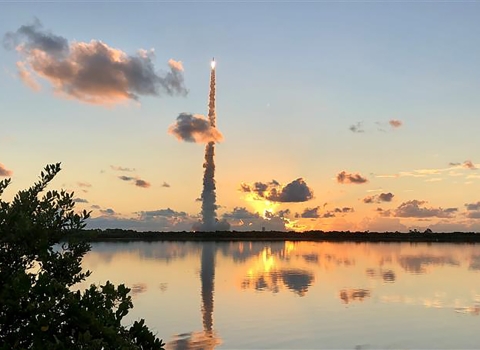Streambank restoration is an environmental practice aimed at stabilizing and enhancing the health of river ecosystems. Erosion of streambanks is a common problem, often exacerbated by human activities like urban development, agriculture, and deforestation. When left unchecked, eroding riverbanks can lead to sediment buildup in the water, compromising water quality and threatening aquatic life. As the banks erode, they can encroach upon adjacent land, jeopardizing infrastructure and human communities.
Streambank restoration typically involves a combination of strategies. Planting native vegetation along the banks not only stabilizes the soil but also provides essential habitat for wildlife. Selective reshaping and grading can help recreate a more natural flow pattern, mitigating erosion and fostering aquatic habitats. Structural elements such as riprap, which are hard materials like rocks or concrete, can be used to protect vulnerable areas from further degradation. Combining the use of living plants with traditional structures is a common approach in these types of habitat restoration projects. By addressing the degradation of streambanks, restoration efforts help protect aquatic habitats, reduce sedimentation, and safeguard water resources for both wildlife and human communities, ultimately contributing to the overall resilience and sustainability of river systems.
Restoration on the Chipola River
The Chipola River in Florida, like many other rivers, faces various threats to its ecosystem and water quality. Excessive erosion from construction, agriculture, and land disturbance has lead to increased sedimentation in the river, which can harm aquatic habitats and water quality. Dams and water diversions can disrupt the natural flow of the river, affecting sediment transport, water temperature, and the life cycles of aquatic species. Efforts to address these threats to the Chipola River involve conservation, restoration, and sustainable management practices.
Project Leader Chris Metcalf and Biologist Andy Hartzog from the Panama City Fish and Wildlife Conservation Office recently repaired the damage caused from a fire to a streambank restoration project on the Chipola River near Clarksville, Florida. The project was originally completed in 2020, and a subsequent fire destroyed approximately half of the erosion control fabric and several hundred planted trees. The repair consisted of three bankfull terrace "lifts" to ensure proper grading for floodplain relief during high water events. The crew also reshaped the upper bank and covered the project area with more erosion control fabric. The repair was approximately 200 feet in length, and the terrace lifts were reinforced with native vegetative grass mats to promote riparian riparian
Definition of riparian habitat or riparian areas.
Learn more about riparian reestablishment. The site will be replanted with native trees in Winter 2023 and Spring 2024.






